- Home
- Articles
- Architectural Portfolio
- Architectral Presentation
- Inspirational Stories
- Architecture News
- Visualization
- BIM Industry
- Facade Design
- Parametric Design
- Career
- Landscape Architecture
- Construction
- Artificial Intelligence
- Sketching
- Design Softwares
- Diagrams
- Writing
- Architectural Tips
- Sustainability
- Courses
- Concept
- Technology
- History & Heritage
- Future of Architecture
- Guides & How-To
- Art & Culture
- Projects
- Interior Design
- Competitions
- Jobs
- Store
- Tools
- More
- Home
- Articles
- Architectural Portfolio
- Architectral Presentation
- Inspirational Stories
- Architecture News
- Visualization
- BIM Industry
- Facade Design
- Parametric Design
- Career
- Landscape Architecture
- Construction
- Artificial Intelligence
- Sketching
- Design Softwares
- Diagrams
- Writing
- Architectural Tips
- Sustainability
- Courses
- Concept
- Technology
- History & Heritage
- Future of Architecture
- Guides & How-To
- Art & Culture
- Projects
- Interior Design
- Competitions
- Jobs
- Store
- Tools
- More
Creating Interiors Designed for Mental Health: Tips for a Calming Environment
Discover how thoughtfully designed interiors can boost mental health and well-being in our fast-paced world. This article explores the impact of natural light, calming colors, and biophilic elements in creating spaces that promote relaxation, focus, and emotional balance. Learn effective design strategies and see real-life examples that transform homes and workplaces into nurturing environments.

In today’s fast-paced world, our surroundings play a crucial role in shaping our mental well-being. As we navigate the challenges of daily life, it’s essential to create spaces that promote relaxation, focus, and emotional balance. Designing interiors with mental health in mind can transform our homes and workplaces into sanctuaries that nurture our minds and spirits.
By incorporating elements such as natural light, calming colors, and biophilic design, we can foster environments that support mental clarity and emotional resilience. Let’s explore how thoughtful interior design can enhance our mental health and create spaces where we feel safe, inspired, and rejuvenated. Together, we can discover the powerful impact of our surroundings on our overall well-being.

Table of Contents
ToggleImportance Of Interiors Designed For Mental Health
Interiors specifically designed for mental health play a crucial role in enhancing our emotional and psychological well-being. Thoughtful design choices can foster a sense of comfort, safety, and peace.
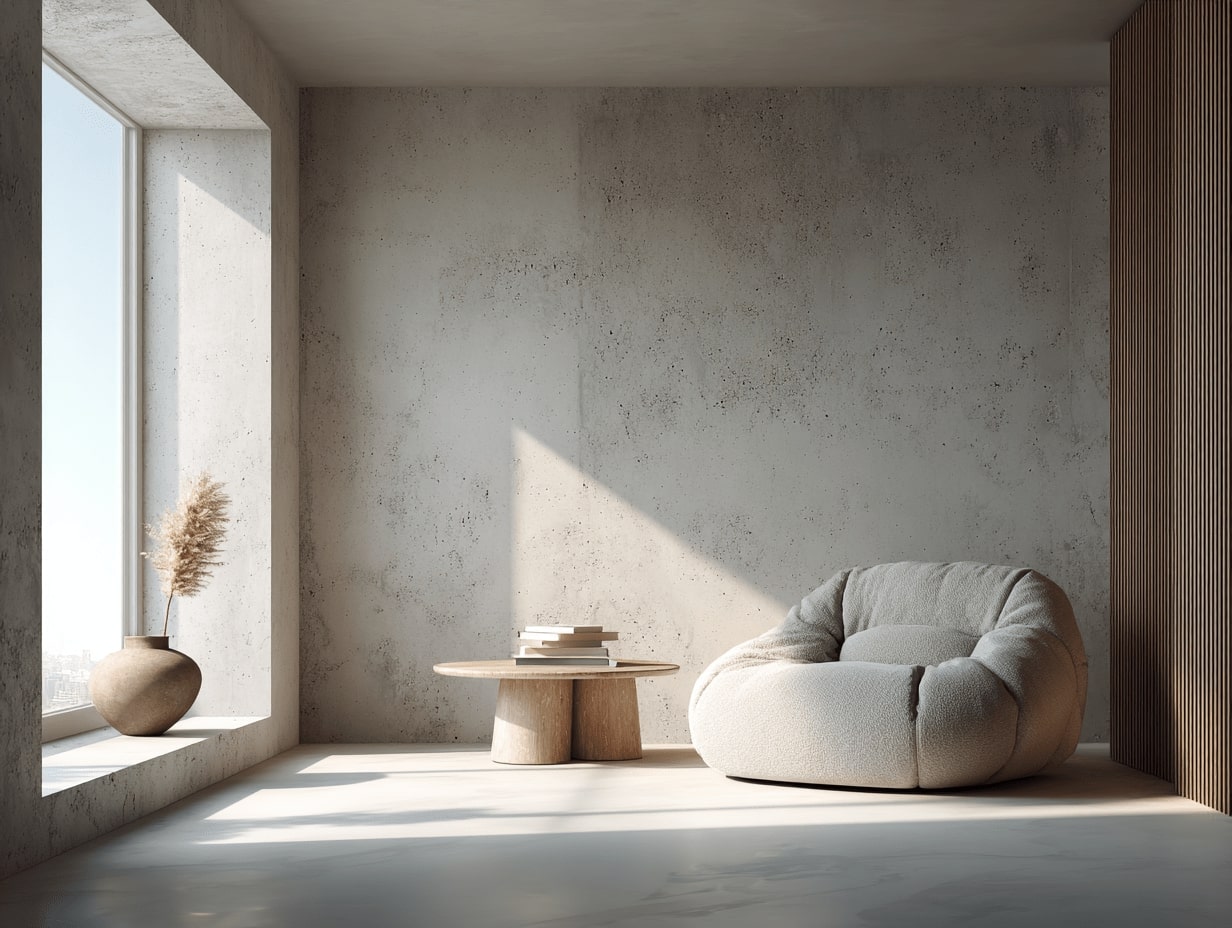
Enhancing Well-Being
Creating spaces that prioritize mental health contributes to lowering stress levels and promoting relaxation. Elements like:
- Natural Light: Maximizing sunlight exposure can improve mood and energy levels.
- Color Psychology: Selecting calming colors, such as blues and greens, can reduce anxiety and create a serene atmosphere.
- Biophilic Design: Integrating plants and natural materials connects us with nature, which profoundly impacts our mental clarity.
Promoting Focus and Productivity
Designing environments that enhance focus improves productivity and overall job satisfaction. Key factors include:
- Ergonomic Furniture: Comfortable, well-designed furniture supports posture and minimizes physical strain.
- Noise Control: Implementing sound-absorbing materials or designated quiet areas can reduce distractions.
- Flexible Spaces: Creating adaptable environments allows us to tailor the space according to our needs.
Supporting Emotional Balance
Interiors that support emotional balance encourage positive interactions and community. Significant aspects include:
- Social Spaces: Designing communal areas promotes connection and collaboration among individuals.
- Personal Retreats: Incorporating cozy nooks or quiet zones offers opportunities for solitude and reflection when needed.
Conclusion on Impact
The impact of interiors designed for mental health extends beyond aesthetics. These spaces enhance our quality of life, nurture our minds, and support emotional resilience. Well-designed environments act as catalysts for well-being, proving that our surroundings significantly influence our mental health.
Key Elements To Consider
In designing interiors that support mental health, several key elements require attention. By focusing on color psychology, natural light, and space layout, we can create environments that enhance well-being.
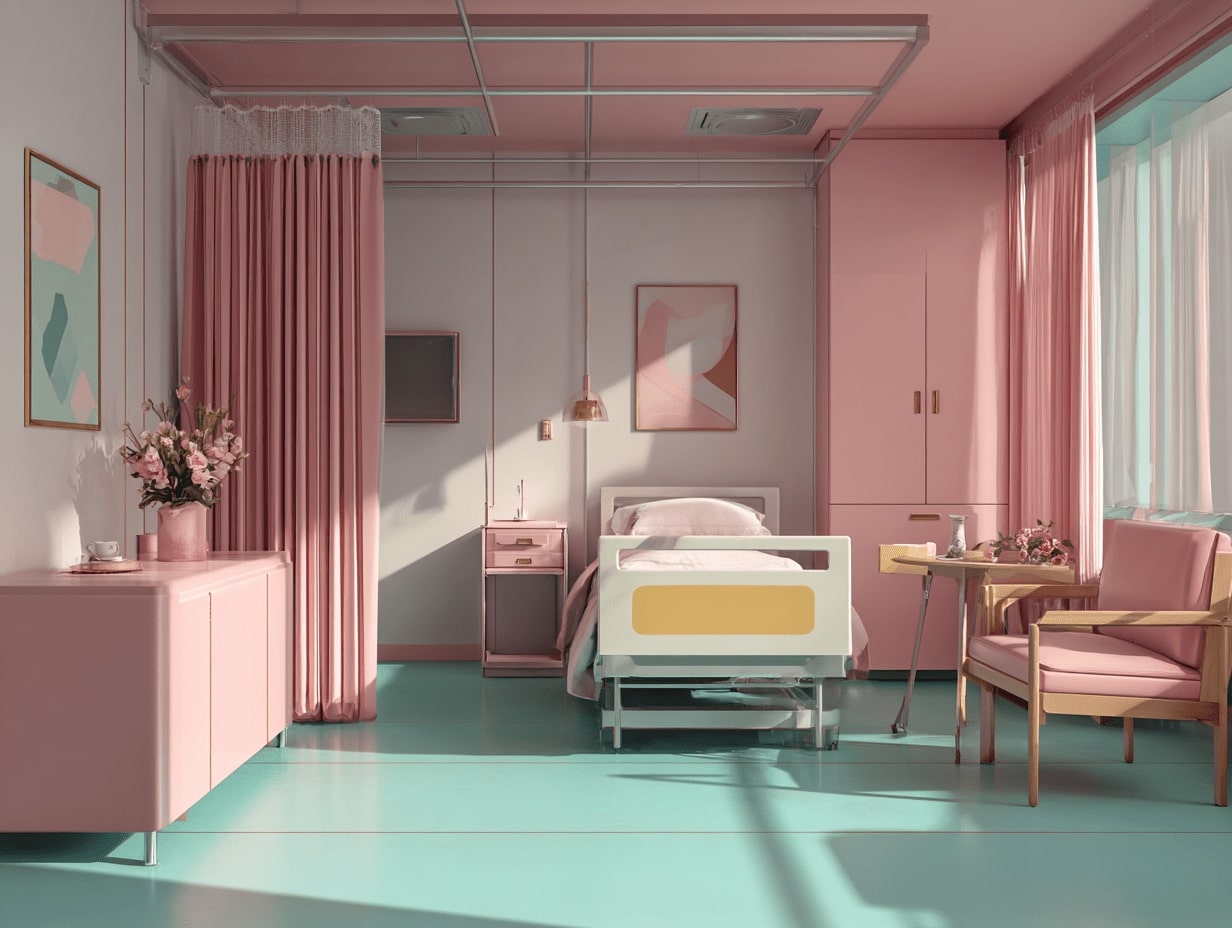
Color Psychology
Colors significantly impact our mood and emotions. We can incorporate calming hues like soft blues, greens, and earthy tones to reduce stress and promote tranquility. Warm colors, like soft yellows and warm neutrals, foster warmth and coziness, enhancing feelings of security. Avoid harsh colors, which may induce anxiety. Instead, we strive for a balanced color palette that promotes positivity and stability.
Natural Light
Natural light is essential for mental health, enhancing mood and regulating circadian rhythms. We position windows to maximize daylight and use sheer curtains to filter light without blocking it. Integrating reflective surfaces can amplify sunlight, creating a bright atmosphere. Incorporating skylights or light tubes can bring natural light into darker spaces. Prioritizing natural light helps us feel energetic and connected to nature, vital for emotional well-being.
Space and Layout
The layout of a space influences our sense of comfort and productivity. We design open and flexible areas that encourage movement and interaction. Providing dedicated zones for work, relaxation, and socialization fosters mental balance. Ergonomic furniture supports physical comfort, reducing strain and enhancing focus. We also ensure privacy in quieter corners for introspection or mindfulness. Thoughtful space planning creates an inviting ambiance that nurtures our mental health.
Design Strategies
Effective design strategies enhance our mental well-being by creating environments that nurture comfort and promote tranquility. We can incorporate nature and ensure safe spaces to achieve this goal.
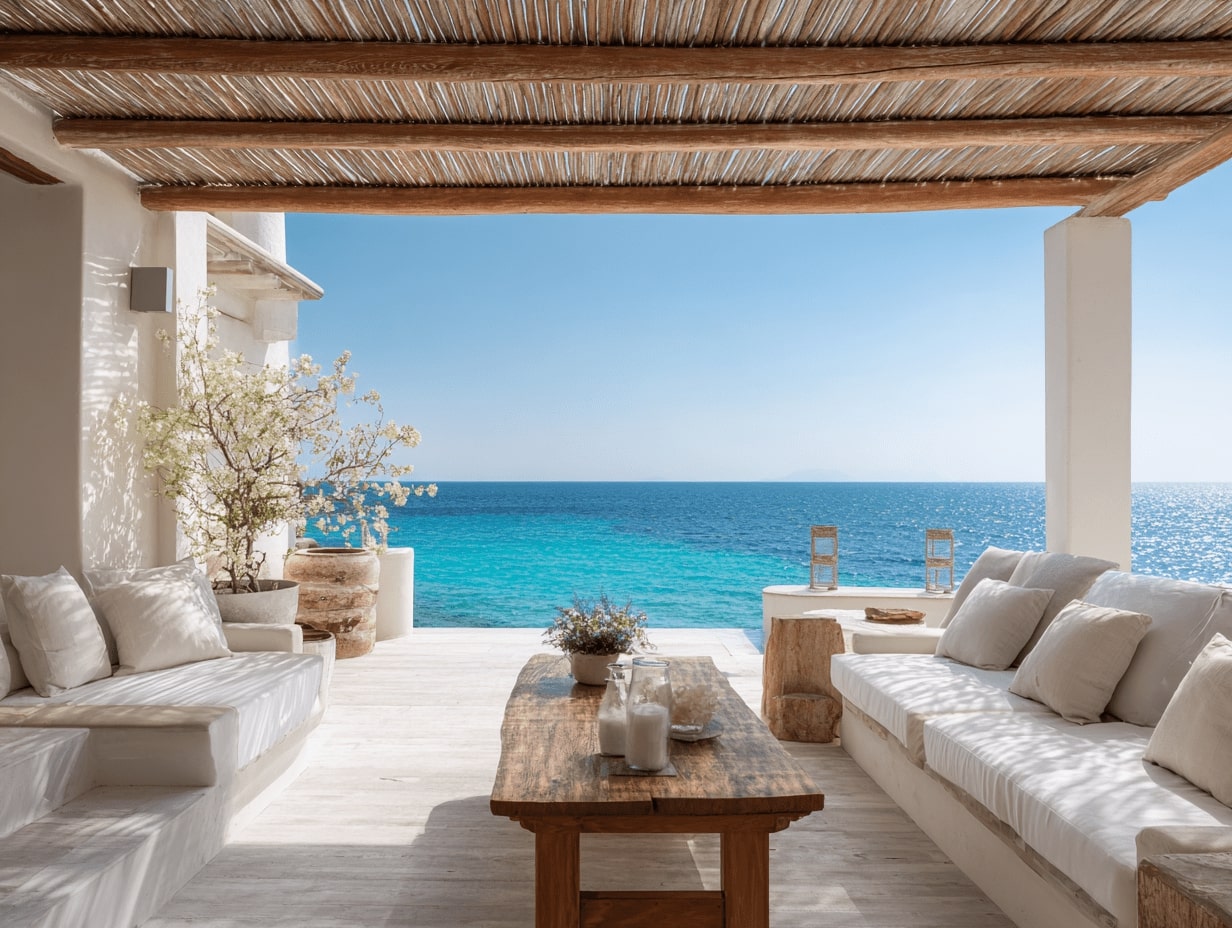
Incorporating Nature
Integrating natural elements into our interiors significantly boosts mental health. Research shows that exposure to nature reduces stress and enhances mood. We can achieve this by:
- Using Plants: Incorporate a variety of indoor plants, such as peace lilies or snake plants, to improve air quality and uplift our spirits.
- Maximizing Natural Light: Position windows to invite ample sunlight, which elevates mood and supports natural circadian rhythms.
- Choosing Natural Materials: Utilize wood, stone, and other organic materials that evoke a sense of calm and connection to the outdoors.
- Biophilic Design: Implement water features or nature-inspired decor to invoke feelings of serenity and promote relaxation.
Creating Safe Spaces
- Dedicated Retreat Areas: Designate quiet zones with comfortable seating, soft lighting, and personal touches that encourage relaxation and solitude.
- Clear Layouts: Employ open floor plans that minimize clutter and enhance movement, allowing for easier transition between work and relaxation.
- Ethereal Lighting: Utilize adjustable lighting to evoke comfort, with options for soft illumination during peaceful moments and brighter fixtures for active tasks.
- Acoustic Control: Utilize soundproofing techniques and calming auditory elements, such as soft music or white noise, to minimize distractions and foster a sense of security.
Real-Life Examples
Design choices in both residential and workplace environments offer powerful illustrations of interiors designed for mental health. By examining specific examples, we can see the practical application of these principles.
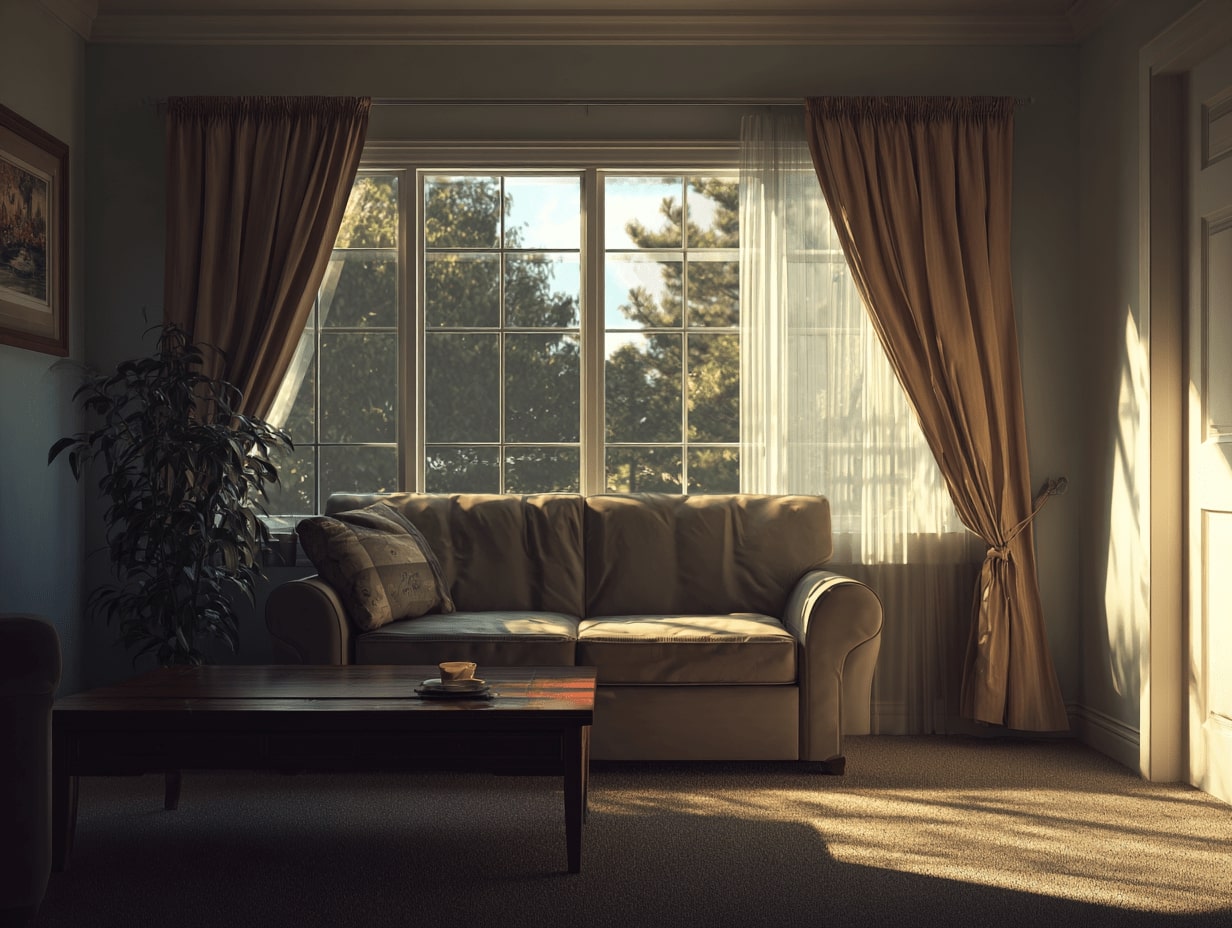
Residential Interiors
In residential settings, incorporating calming colors and natural light can transform living spaces. For instance, a home in Portland, Oregon, features large windows that invite ample sunlight, creating a warm and uplifting atmosphere. Soft blues and greens adorn the walls, fostering a sense of tranquility. Indoor plants, such as ferns and peace lilies, enhance air quality and infuse vitality into the home. Dedicated spaces for relaxation, like a reading nook with ergonomic seating, promote mindfulness and comfort.
Another compelling example comes from a London-based apartment where open layouts create a seamless flow between living areas. The addition of acoustic panels minimizes noise, ensuring a peaceful ambiance. Colorful artwork contributes to emotional stimulation while maintaining balance, reflecting the homeowners’ personalities. The design exemplifies how thoughtful space arrangements and aesthetic choices can elevate mood and well-being.
Workplace Environments
In workplace environments, design choices can significantly impact productivity and mental health. A tech company in San Francisco illustrates this with its open-plan office, abundant in natural light and collaborative spaces. Plants are strategically placed throughout, enhancing air quality and promoting a connection to nature. Quiet zones are available for employees needing solitude, supporting focus and mental clarity.
Another notable example is a co-working space in Amsterdam that embraces biophilic design elements. The use of natural materials, such as wood and stone, creates an inviting atmosphere. Vibrant colors stimulate creativity, while sound-absorbing furniture ensures a calm work environment. By fostering social interaction and providing intimate areas for reflection, the design supports both collaboration and personal well-being, highlighting how intentional workplace designs can drive productivity and mental satisfaction.
Conclusion
Interiors tailored for mental health significantly influence our well-being. By thoughtfully integrating aspects like color psychology, natural light, and space layout, we create environments that alleviate stress and enhance mood.
We prioritize calming color palettes to instill tranquility. Soft blues and greens invite relaxation, while warm hues evoke feelings of security. Natural light remains crucial, as windows and reflective surfaces amplify brightness, boosting our overall mood.
Space layout requires careful consideration. Open areas foster interaction, while dedicated zones allow us to unwind and focus. Incorporating natural elements, such as indoor plants and natural materials, elevates our environment, contributing to a more harmonious atmosphere.
We see the impact of these design principles in residential and workplace settings. Homes that embrace natural light and soothing colors create calming retreats. Workplaces that emphasize biophilic design and collaborative spaces enhance productivity and foster employee well-being.
By designing with mental health in mind, we nurture our emotional resilience, affirming the essential connection between our surroundings and mental health.
- calming home environment
- creating a calming environment
- designing for mental wellness
- harmony in home design
- holistic interior design
- home decor for stress relief
- interior design for mental health
- interior design for relaxation
- mental health home design
- mental wellness interior design
- mindful interior design
- mood-enhancing home decor
- peaceful home design
- relaxing interior spaces
- serene home design
- soothing interior design
- stress-reducing interior design
- therapeutic interior design
- tranquil interior design
- wellness-focused home decor
Submit your architectural projects
Follow these steps for submission your project. Submission FormLatest Posts
Modern American Homes: Interior Design Trends to Watch in 2026
Interior design in the United States is evolving toward warmer, more adaptable,...
BXB Studio’s Hybrid Interior: Redefining the Modern Architectural Workplace
The Warsaw headquarters of BXB Studio was established in a modest 70...
5 Must-Know Interior Design Trends in American Homes
From warm minimalism to bold oversized artwork, these five interior design trends...
How Open Kitchens Create a Sense of Space Indoors (Without Sacrificing Function)
Open kitchens: see how sightlines, lighting, and smart layouts make rooms feel...





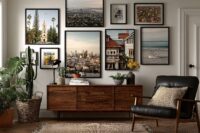



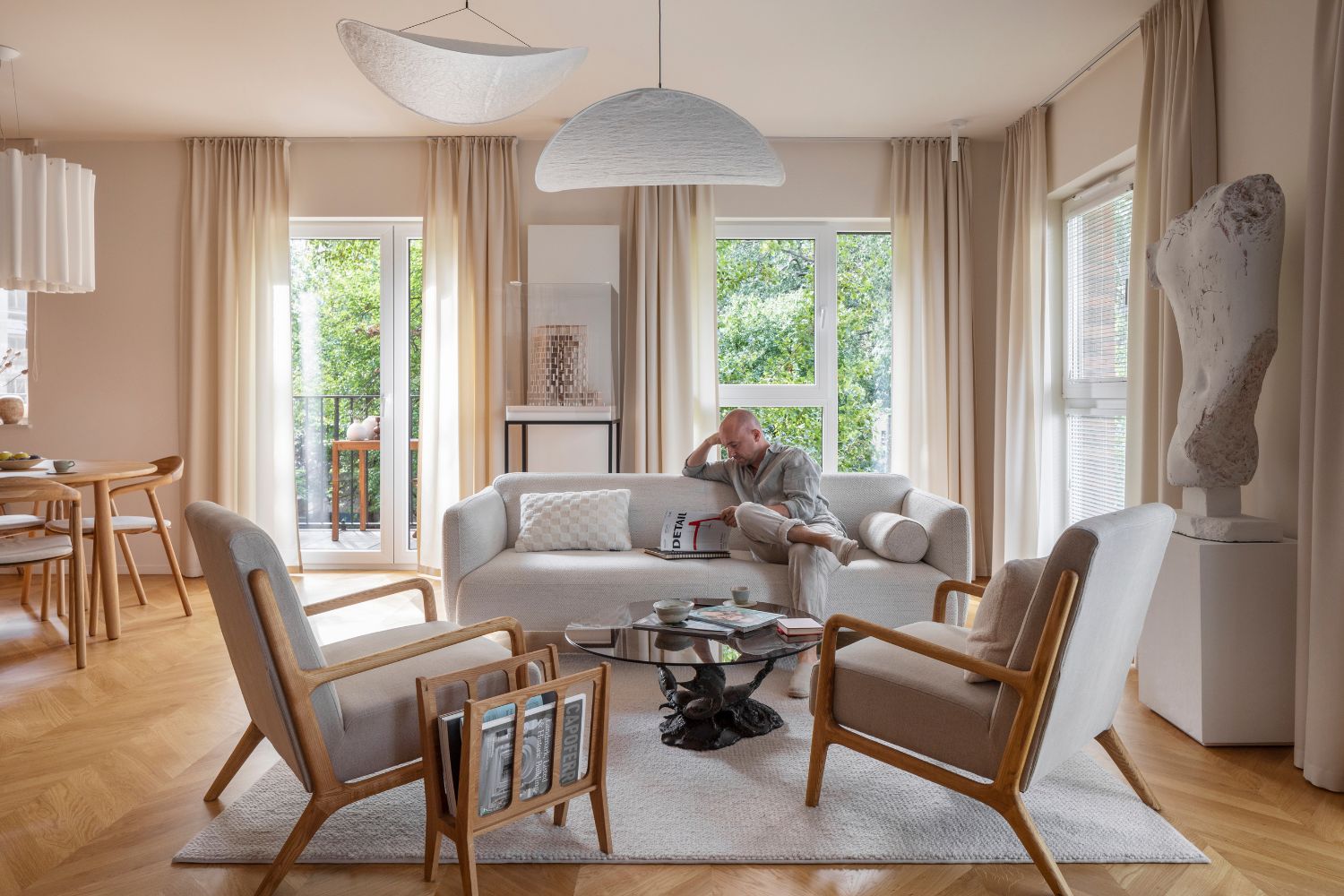
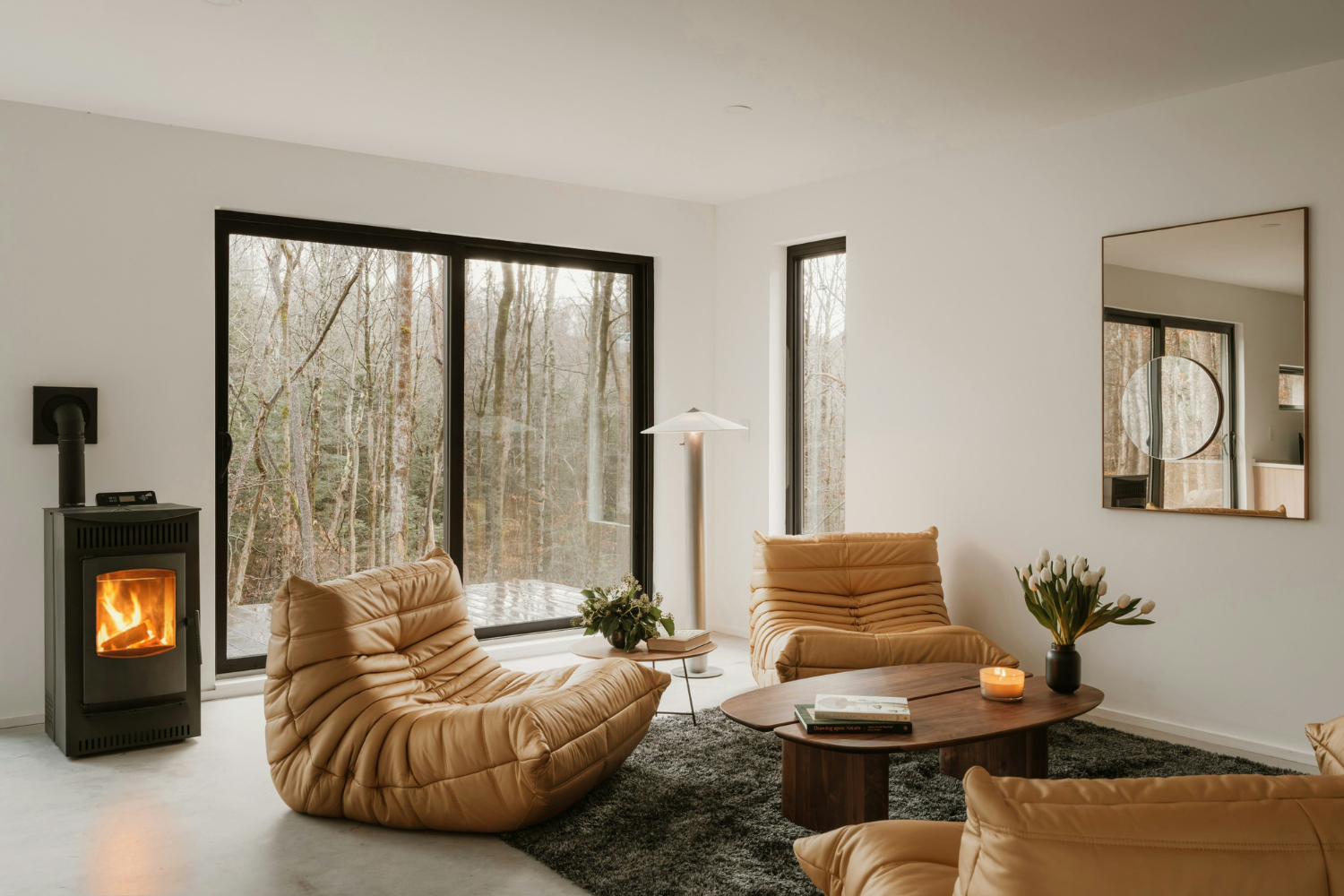

Leave a comment